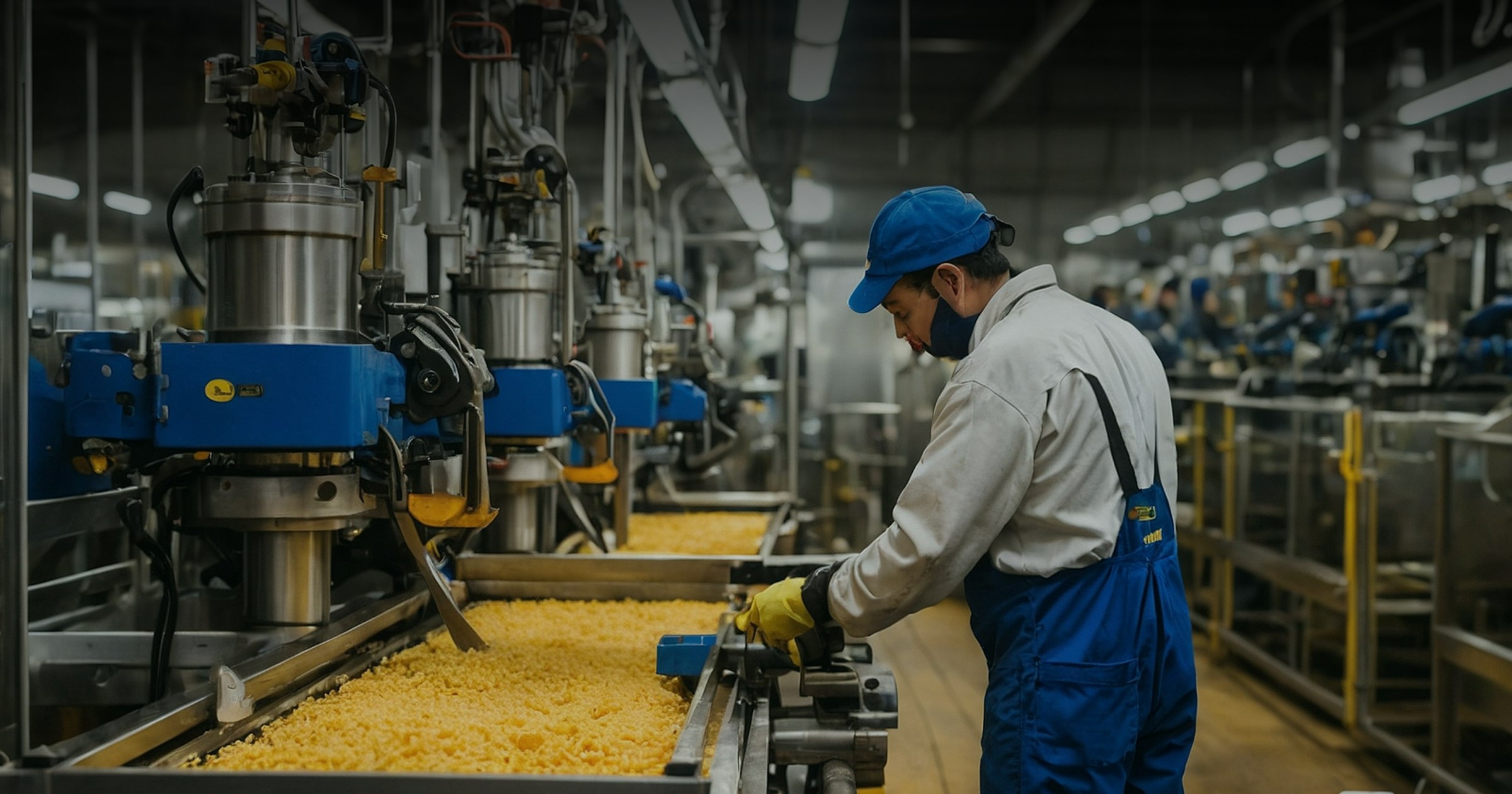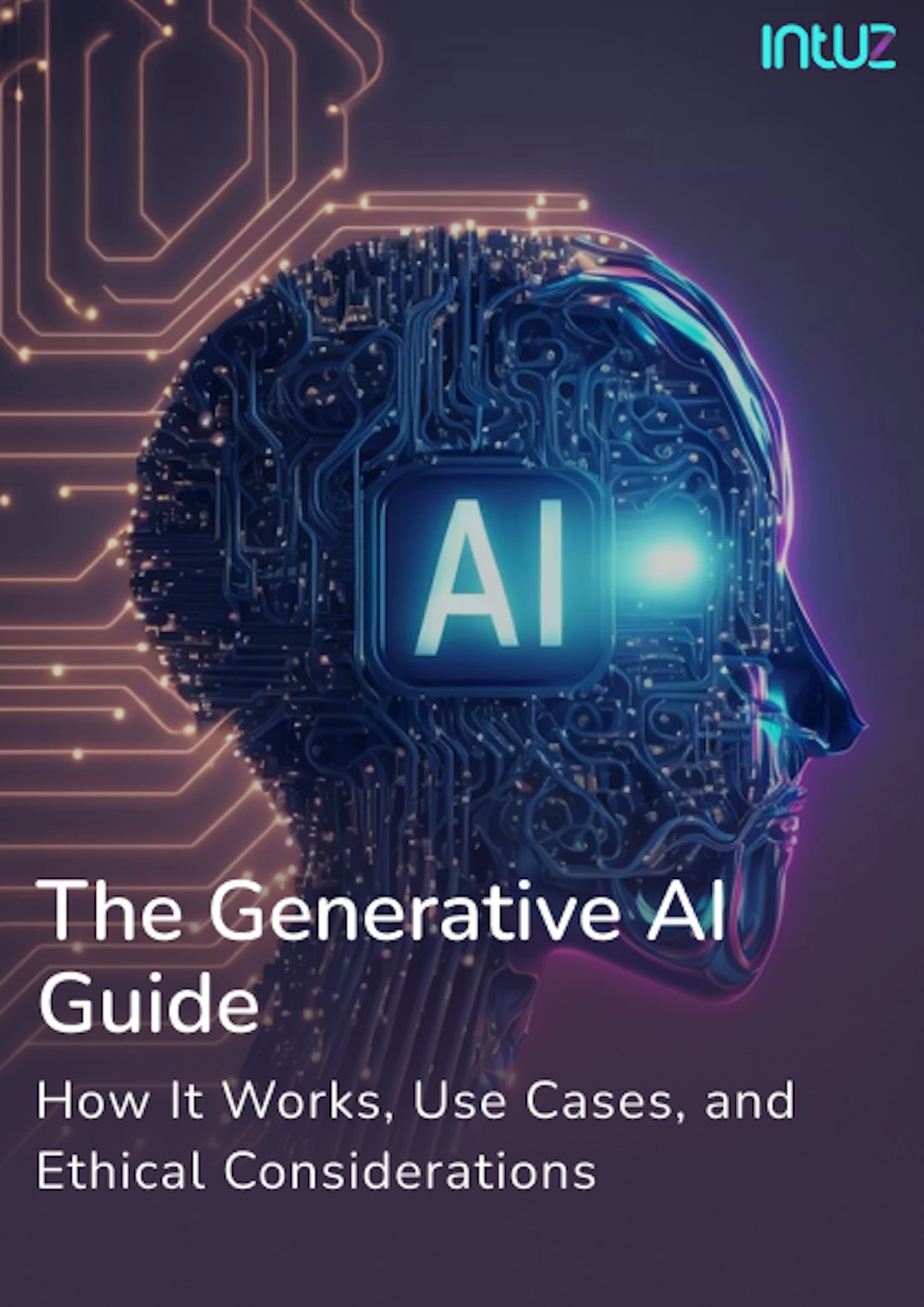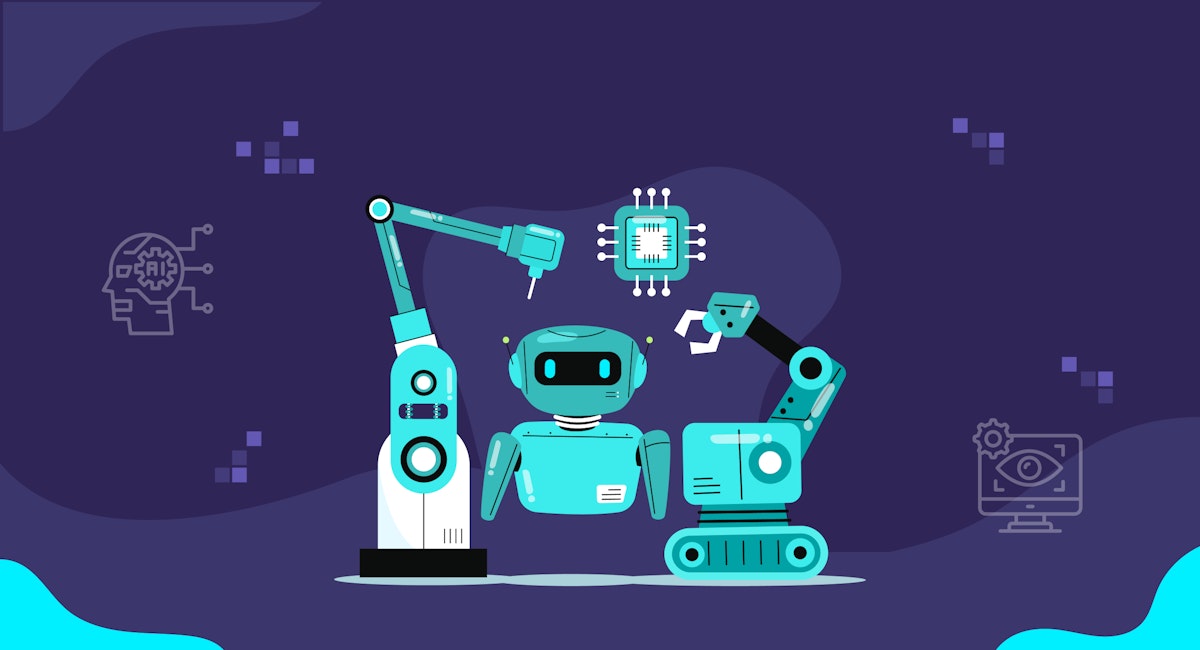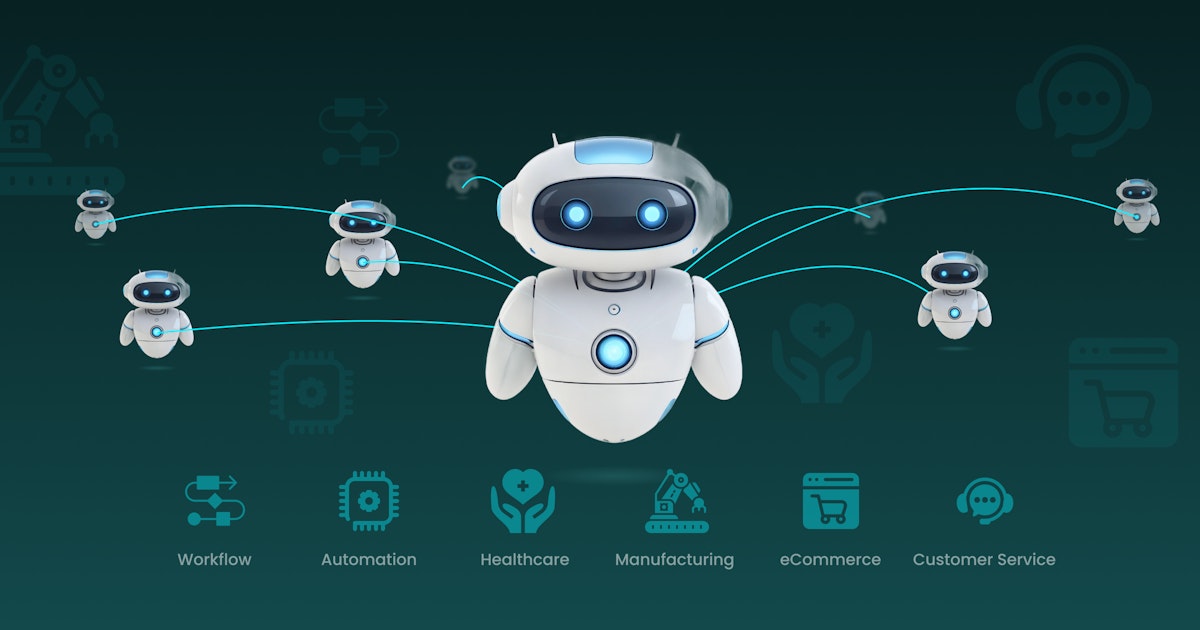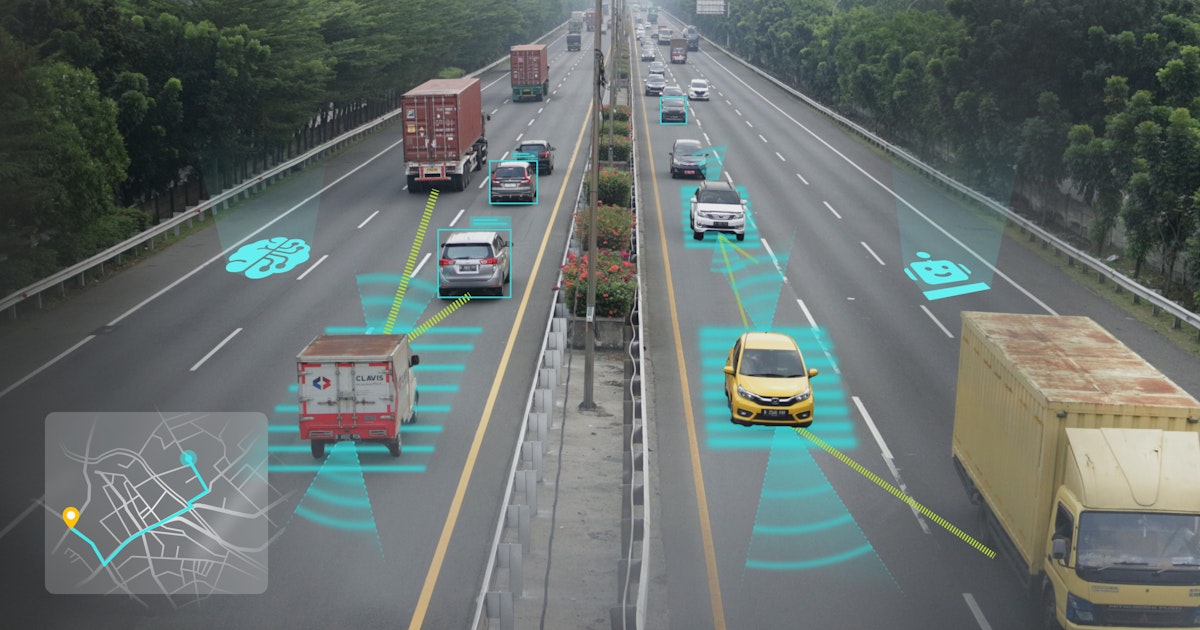Table of Content
Artificial intelligence (AI) can completely change the game for your manufacturing processes, and it’s not just about reducing downtime.
AI technologies like Machine Learning (ML) models and neural networks can give you unprecedented visibility into how things are running, letting you address potential issues before they become actual problems.
They learn from vast amounts of data, recognizing patterns and behaviors that might escape the human eye. They can help you spot inefficiencies you didn’t know existed and predict potential equipment failures with accurate predictions.
That way, you can avoid financial losses and focus on growing your business rather than constantly worrying about breakdowns or delays.
With AI-powered predictive maintenance strategies, you get to have a facility running at peak performance every day, with minimal intervention or downtime. Let’s look at how AI can help you achieve this state of optimized production and operational efficiency.
Use Cases of AI in Anomaly Detection and Predictive Maintenance
1. Use AI to predict and prevent machinery failures
Even a single slowdown or malfunction in one of your machines can cause significant delays in your production schedule, not to mention a fair amount of money to repair it.
The AI then sends you actionable insights about the problem, allowing you to schedule preventive maintenance or make an immediate fix well before the issue can escalate. This is useful for identifying issues that might be too subtle for traditional methods to detect.
For instance, even if your conveyor belts are running smoothly, an AI algorithm might use sensor data to spot that one is starting to wear out from the load, letting you repair it for a much lower cost than if the conveyor belt were to break down altogether.
This data-driven approach also lets you plan maintenance systematically rather than getting bogged down by unexpected downtime, resulting in smoother processes and maximum uptime. Timely interventions are the best option here!
Read: Industry 5.0: AI-Powered Automation for Smart Manufacturing Excellence
2. Automate product defect detection with AI
No matter how efficient your human QA team is, a few flaws will likely escape their attention during every round of protection.
With AI-enabled cameras, your factory floor can benefit from 360-degree computer vision and image recognition, which can catch even the smallest defects in real-time.
From tiny scratches to flaws in the texture to slight misalignments in the way parts are put together, AI-powered visual inspection has been demonstrated to enhance product quality by detecting defects with an accuracy of up to 90%.
By incorporating advanced analytics into your quality control, you ensure your customers always get the most flawless products, eliminating the risk of customer complaints later on. This also saves you the trouble of meeting warranty claims or having to recall imperfect products.
3. Improve industrial robotics performance with AI anomaly detection
Robots have been an integral part of manufacturing operations for some time now, assisting or even replacing human effort.
Even robots, however, cannot run perfectly—over time, their movements might develop slight inaccuracies, or they may glitch due to a programming error.
Machine learning algorithms can anticipate these problems in advance, studying each robot’s behavior and monitoring variables like torque, speed, and motion precision to flag anything that appears off.
Moreover, they can identify even the smallest anomalies, such as a slight shift in axis, based on real-time monitoring, allowing you to avoid far more costly repairs later on.
Addressing these issues also ensures that your robots always operate at peak efficiency with maximum precision and that their useful lifespan is as long as possible.
Finally, addressing issues early with the help of AI lets you avoid safety hazards on the factory floor caused by malfunctioning robots.
Read: Robotic Process Automation for OEMs
4. Optimize energy use in HVAC systems with AI
HVAC systems are key to maintaining stable conditions on your factory floor. However, even small system inefficiencies could push your energy costs out of control.
With AI, you get granular insights into exactly how much energy is being consumed and where, as well as insights on even the slightest deviations in temperature, pressure, humidity, airflow, and other variables.
This way, if there’s a clogged filter or a blocked valve somewhere, you can address it promptly before it spirals into a holdup in the system that consumes too much energy.
AI can also implement proactive measures to regulate your HVAC system. For instance, if the algorithm detects uneven temperature distribution in certain parts of your facility, it can automatically fine-tune ventilation and temperature levels to balance the temperature.
Actions like this can help ensure consistent performance and save as much as 30% on your HVAC energy bills. This can be a massive amount, particularly in large-scale industrial concerns with complex systems.
Plus, by optimizing performance, AI extends the lifespan of your HVAC system, saving you the cost of an early replacement.
5. Enhance boiler maintenance with AI predictive diagnostics
Industrial boilers are key to keeping factory operations running smoothly. Even a single faulty boiler can lead to significant downtime and even safety hazards.
You probably already have maintenance teams in place. The trouble is that if you wait for those fixed check-ins, you risk escalating issues. With AI, you can get ahead of those issues by keeping an eye on key performance parameters.
Not only can you spot and rectify potential failures, but you can also estimate the remaining lifespan of each of your boiler components to plan for timely maintenance or replacements.
AI-driven predictive maintenance can help reduce boiler downtime by as much as 50% and reactive maintenance costs by up to 40%.
This way, you avoid unplanned downtime and can be assured of stable, efficient boiler performance during your production runs.
Read: AI in Supply Chain Management: Key Benefits, Technologies, Applications
Optimize Your Manufacturing with AI-Powered Predictive Maintenance!
Let's get startFinal Words
What was once a futuristic concept is now every industry’s key driver of progress. AI plays a key role in manufacturing, from anomaly detection to process optimization to cost saving, allowing you to operate proactively rather than reactively.
With AI, your benefits go far beyond cost-cutting or human error-spotting.
You have an intelligent partner who gives you access to insights into equipment health that help you take your business to the next level, enabling you to keep pace with industry trends and surging customer expectations with a proactive approach.
Manufacturing is evolving, and AI is going to become indispensable to every factory floor. The sooner you make the shift, the sooner you can embrace the future and all that it brings.
Partnering with an AI development company like Intuz can help you enhance your manufacturing operations.
Our AI solutions streamline processes such as quality control, predictive maintenance, and supply chain optimization, empowering you to achieve greater efficiency with continuous monitoring.
Schedule a free one-hour-long consultation today and get a personalized roadmap to drive operational success.
